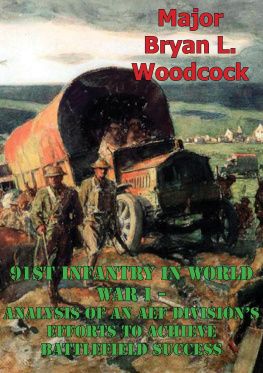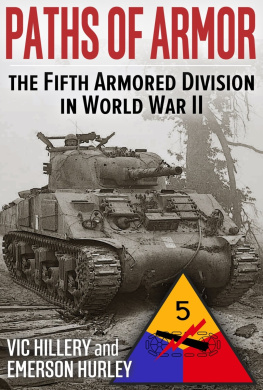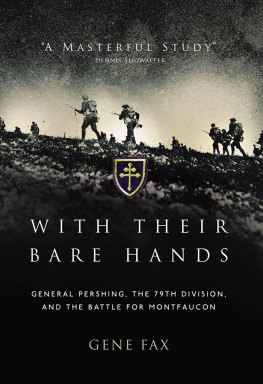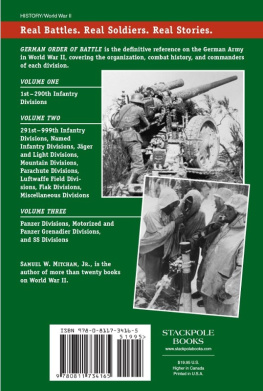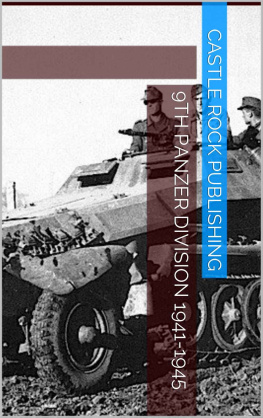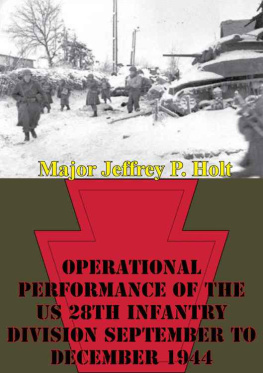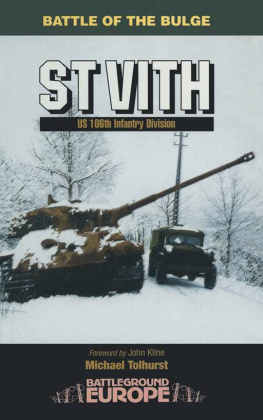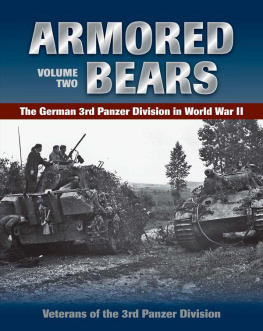

This edition is published by PICKLE PARTNERS PUBLISHINGwww.picklepartnerspublishing.com
To join our mailing list for new titles or for issues with our books picklepublishing@gmail.com
Or on Facebook
Text originally published in 2013 under the same title.
Pickle Partners Publishing 2014, all rights reserved. No part of this publication may be reproduced, stored in a retrieval system or transmitted by any means, electrical, mechanical or otherwise without the written permission of the copyright holder.
Publishers Note
Although in most cases we have retained the Authors original spelling and grammar to authentically reproduce the work of the Author and the original intent of such material, some additional notes and clarifications have been added for the modern readers benefit.
We have also made every effort to include all maps and illustrations of the original edition the limitations of formatting do not allow of including larger maps, we will upload as many of these maps as possible.
The 91st Infantry In World War IAnalysis Of An AEF Divisions Efforts To Achieve Battlefield Success
By
Major Bryan L. Woodcock
TABLE OF CONTENTS
Contents
ABSTRACT
THE 91ST INFANTRY IN WORLD WAR I-ANALYSIS OF AN AEF DIVISIONS EFFORTS TO ACHIEVE BATTLEFIELD SUCCESS, by Major Bryan L. Woodcock
The 91st Infantry Division was a National Army Division created prior to World War I. Based at Camp Lewis, Washington, it was composed of draftees from the northwestern United States. Following a train up that lasted less than one year, this division departed for Europe in June 1918.
In France, the 91st Division conducted additional training, but the AEF pushed it to the front lines before it was completed. In its first combat experience, the 91st Division fought on the front lines of the Meuse-Argonne. In the first days of this battle, the 91st Division, although inexperienced, gained more ground than any other American division. However, it paid a heavy price in terms of American lives. The AEF subsequently assigned the division to work under French command in the battle of Ypres-Lys in Belgium.
This thesis examines the division leaderships ability to execute necessary warfighting functions and combined arms operations in the challenging environment of 1917-1918. The division was tested and accomplished a significant amount, but it also suffered many deficiencies and was forced to learn hard lessons in combat.
ACKNOWLEDGMENTS
This paper would not be possible without the assistance, advice, and support of many people. I would like to thank first my MMAS Committee Chairman, Dr. Richard Faulkner, for sharing your knowledge of researching, writing, and World War I. Next, thanks to both Mrs. Joyce DiMarco and Mr. Bud Meador for serving on my committee and providing your valuable insight and experience both in the classroom over the past year as well as in this paper. Collectively, this committee provided both encouragement and suggestions that greatly contributed to my learning process and the outcome of this research. I would also like to thank Dr. Tony Mullis for his editing and style suggestions during the initial review process. This entire faculty of the Command and General Staff College volunteered extra time to help me write this paper. Additionally, thanks to the staffs of the CARL Library at Fort Leavenworth and the Donovan Library on Fort Benning as well as the staff at the World War I Museum in Kansas City for your research expertise and assistance.
Additionally, I would like to thank my wife Nichole, and three children; Tyler, Marcus, and Harley, for their constant support and understanding throughout this process. I appreciate them also taking the time to read the paper and offer their advice.
Finally, this thesis is dedicated to PVT Loran Woodcock, a Great Uncle, who died in the Meuse Argonne on 29 September 1918. As a member of the 364th Infantry, my family never knew what actually happened to him. This research provided some answers and along the way showed what a difficult environment that all of these Soldiers had to endure in this Great War.
ACRONYMS
AEFAmerican Expeditionary Forces
BDEBrigade
BGBrigadier General
CPTCaptain DOW Died of Wounds
MAJMajor
MGMajor General
OTCOfficer Training Camp
ILLUSTRATIONS
Figure 1. 91st Division WWI Organization
Figure 2. Plan of Attack of the First Army, September 26, 1918
Figure 3. Division Area of Operations in the Meuse-Argonne (Southern Sector)
Figure 4. Division Area of Operations in the Meuse-Argonne (Northern Sector)
Figure 5. Division Area of Operations in the Ypres-Lys Offensive
TABLES
Table 1. 91 st Infantry Division Casualties During Combat Operations
Table 2. 361st Infantry Regiment Officer Strength (Line Units)
CHAPTER 1 INTRODUCTION
The men of the 91st Infantry Wild West Division, under command of Major General (MG) William H. Johnston, arrived in France in August of 1918. Organized the previous year at Camp Lewis, Washington, the division was assigned to General John J. Pershings American Expeditionary Forces (AEF) in Europe to fight the Germans and put an end to World War I. These men were young and inexperienced, but they were eager to get into the fight. In early September, the AEF curtailed the divisions training requirements and ordered it to the battle of St. Mihiel to act as a reserve force. Sensing disappointment in the reserve assignment, MG Johnston told his leaders that General Pershing assured him that the 91st would not have a backseat at the next show.
That next show turned out to be the Meuse-Argonne-the battle that ultimately helped change the course of the war and contributed to the surrender of the German forces. By far, the Meuse-Argonne was the single most deadly battle for United States forces. This 47 day slaughter claimed the lives of 26,277 Americans and wounded an additional 95,786 out of the 1.2 million who fought. The 91st division fought on the front lines during the initial attack and it advanced further and faster than the divisions on their flanks. Relieved after eight days of fighting, the AEF ordered the 181st Brigade, one of two brigades in the division, quickly back to the front lines where it fought another six days. Within weeks, the 91st was again tasked to support the French forces in the battle of Ypres-Lys in Belgium, where it fought until the end of World War I. This chapter outlines the methodology used to determine the level of success of the 91st Division throughout its battlefield engagements in France. Relying on both primary and secondary sources, this paper examines the Wild West divisions activities from its training period at Camp Lewis to its experiences on the battlefields in Europe to determine its level of success.
Thesis Statement
The 91st Division appeared to be very successful on the battlefield. Its leaders maintained morale and led the division to gain more ground than other divisions in an extremely difficult combat environment. However, the division was very inexperienced. Its training and execution of concepts such as command and control, movement and maneuver, and integration of fires lacked proficiency. Although the 91st had impressive gains in the Meuse-Argonne, these gains came at an exceptionally high cost and by the end of the battle, the division had nearly culminated. In the final days of the War, the division would learn from many of its mistakes and show progress, but the unit had been badly damaged as a result of its inexperience and inefficiencies.
Next page
